The TC Electronic PolyTune series has become a staple in the guitar tuner world. While features like the POLY mode are incredibly convenient, mastering them requires some finesse. This time, we’ll focus on the Clip series and address common inquiries. If you’re using one or suspect it might be broken, refer to this guide for tips and troubleshooting!
01 Power Won’t Turn On
- The startup screen appears with a new battery but shuts off immediately!
- The power sometimes turns on, but it’s unstable!
The cause of this pattern is usually related to the battery. You might think, "But I just replaced it with a new one!" However, based on my own experience, button batteries purchased from 100-yen shops can sometimes fail to power the device, even if they’re brand-new.
Even when the voltage measures at 3V, the device might not turn on, whereas it works fine with a different battery. Whether this is due to the quality of the battery or some other issue is unclear, but I recommend purchasing batteries from electronics or appliance stores instead.
If replacing the battery still results in no response—no startup screen or anything—it could indicate a hardware failure.
02 Unable to Tune Properly in POLY Mode
In POLY mode, the tuner displays the tuning status of all six strings at once. Some users might assume this means it measures each string individually, but it works slightly differently.
POLY mode detects the overall sound of the combined strings (typically E-A-D-G-B-E in standard tuning) and determines where deviations occur. Since this combined sound includes overtones, it’s possible for the tuner to show “in tune” even when some pitches are off.
For example, if your guitar is tuned down a whole step to D-G-C-F-A-D, but the tuner is still set to standard tuning (E-A-D-G-B-E), and you strum all the strings.
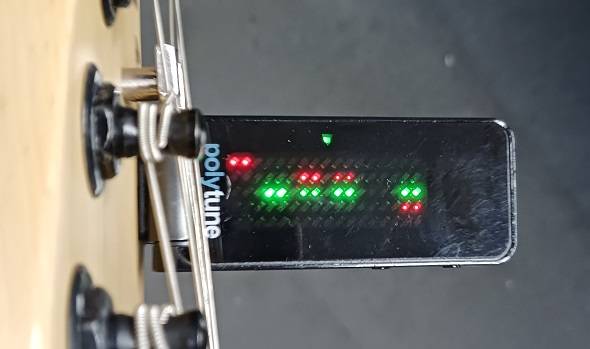
The tuner displayed results like this: even though none of the strings were properly tuned, the needle sometimes aligned in the center. This behavior may vary depending on the guitar.
You can switch the reference pitch in POLY mode. For example, if you want to use POLY mode with D-G-C-F-A-D tuning, you need to set the tuner to D. You can switch between modes (e.g., half-step down, whole-step down) by pressing the mode switch. There are also capo modes for positions 1 to 7.
Some users report that “POLY mode suddenly stopped working properly!” Upon inspection, the issue was often caused by the tuner being unintentionally switched to a different mode, such as the whole-step down mode. If POLY mode seems off, always check the reference pitch setting.
Also, consider the impact of switching between guitar and bass modes, as this can affect the results.
The most effective way to use PolyTune is to tune each string individually first and then use POLY mode for fine adjustments. Keep in mind that POLY mode is not designed to handle a complete retuning of all strings at once after a string change.
03 Regular Maintenance
Both the PolyTune Clip and UniTune Clip tend to have the screws securing the clip loosen over time with use. If this happens, you can tighten them with a flathead screwdriver.
If left unchecked, the screws may continue to loosen and eventually fall out, which can be problematic as these are uniquely shaped screws and cannot be easily replaced. To prevent this, regularly check the screws and tighten them as needed to avoid losing them.
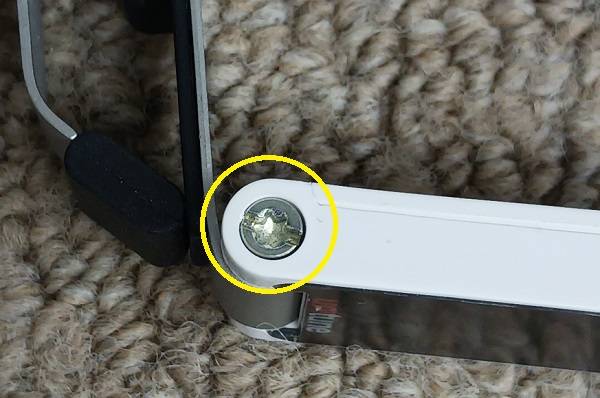
04 The Most Common Malfunction
The most frequent issue with the Clip series is cracking of the casing. Since the casing is made of plastic, it can break if subjected to stress.
This can happen if the tuner is attached to the guitar headstock and accidentally bumped, or if it’s stored in a guitar case pocket. Stress can also occur if the tuner is left attached to the guitar while it’s placed in the case.
The most vulnerable area is typically around the power button.
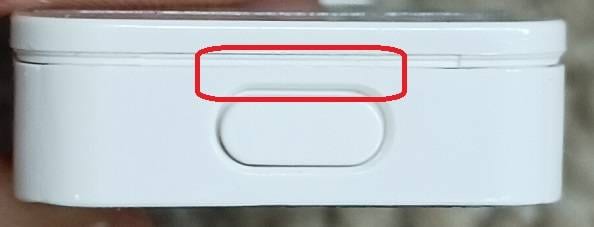
Pressing hard on areas other than the power button itself when turning the device on can also lead to cracking.
Another common issue is internal clip fractures.
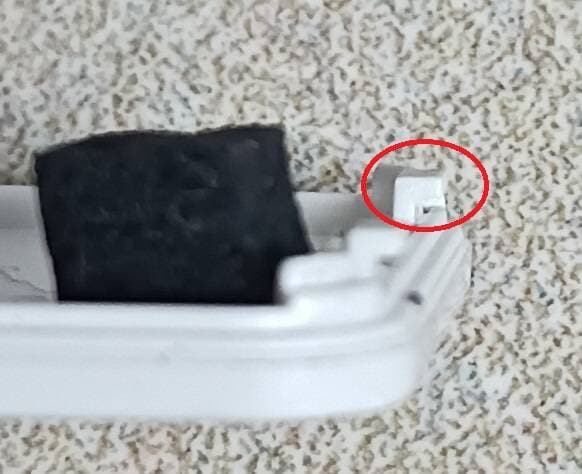
The front end of the casing is secured with clips, as shown in the image above. There have been cases where these clips have broken, likely due to stress applied to the tip.
Once damaged, the tuner is often difficult or impossible to repair, so careful handling is essential to avoid such issues.
While we’ve covered some of the most common inquiries here, the official website also provides a Japanese manual with detailed usage instructions.






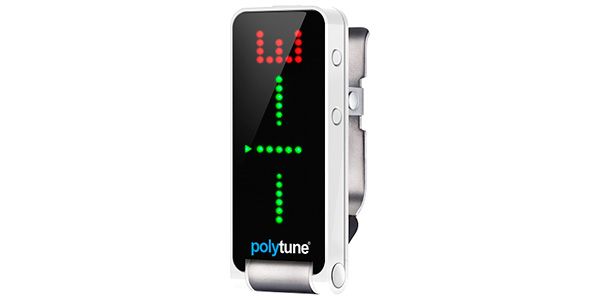
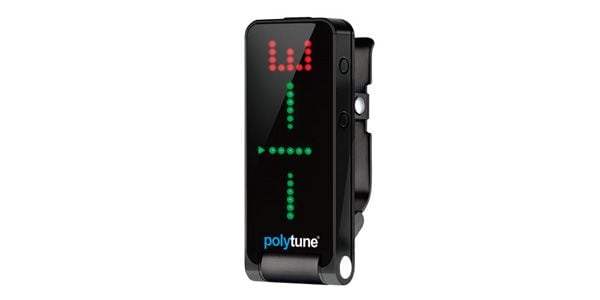
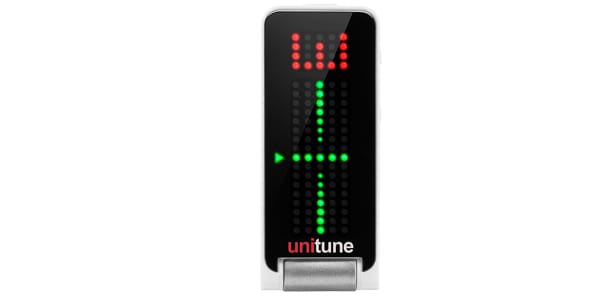
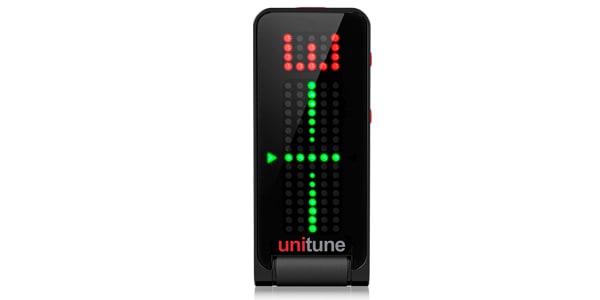
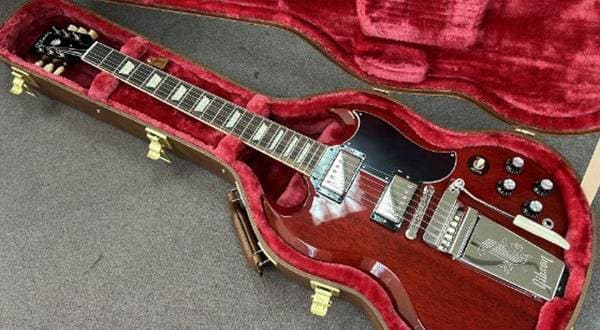
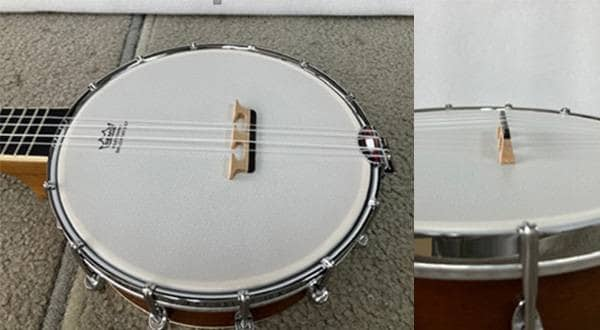

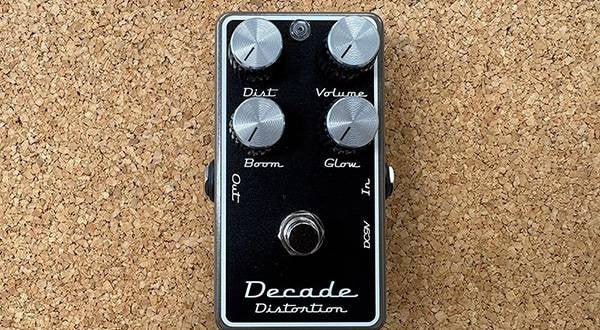
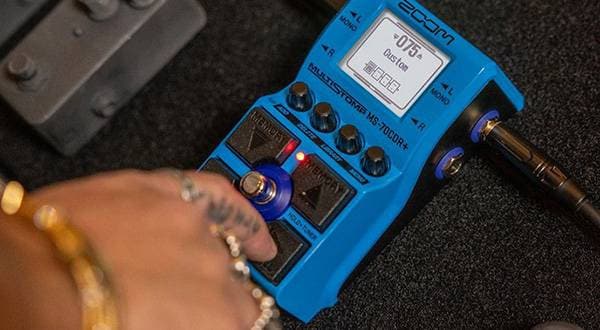
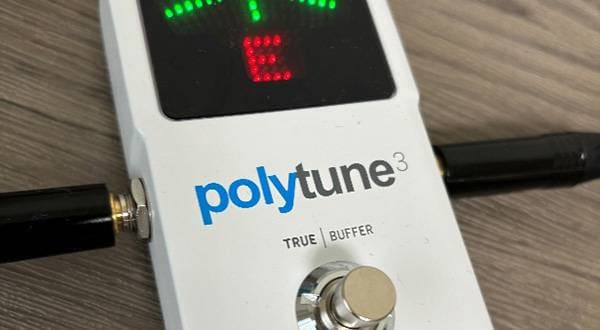
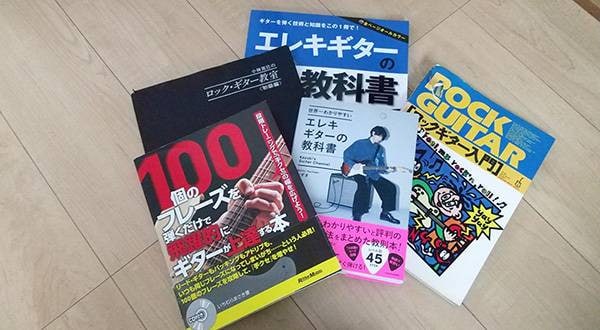
![[2025 Edition] 5 Recommended Pedals from TC Electronic!](/contents/uploads/thumbs/2/2023/8/20230821_2_23669_1.jpg)
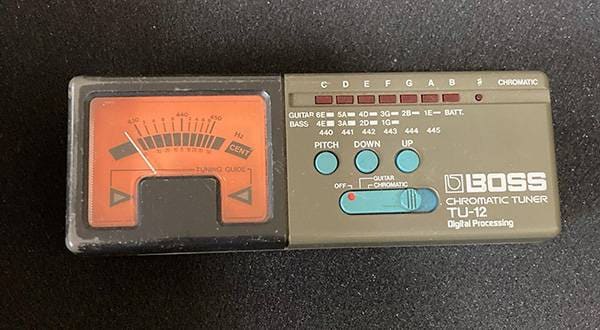
![[Latest for 2025] The 10 Best Effects Pedals for Guitar Beginners!](/contents/uploads/thumbs/2/2022/5/20220526_2_18129_1.jpg)
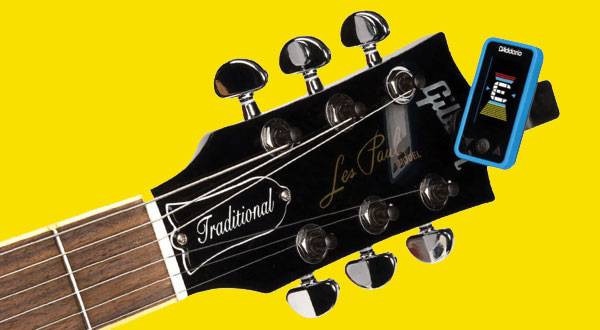
 ギター初心者ゼミ
ギター初心者ゼミ
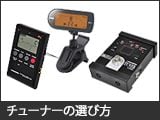 チューナーの選び方
チューナーの選び方
 オクターブチューニングの方法
オクターブチューニングの方法
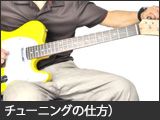 音を合わせる(チューニングの方法)
音を合わせる(チューニングの方法)
 ギター名人ラボ
ギター名人ラボ















